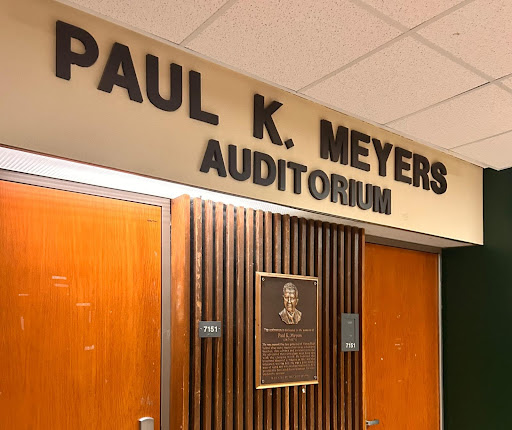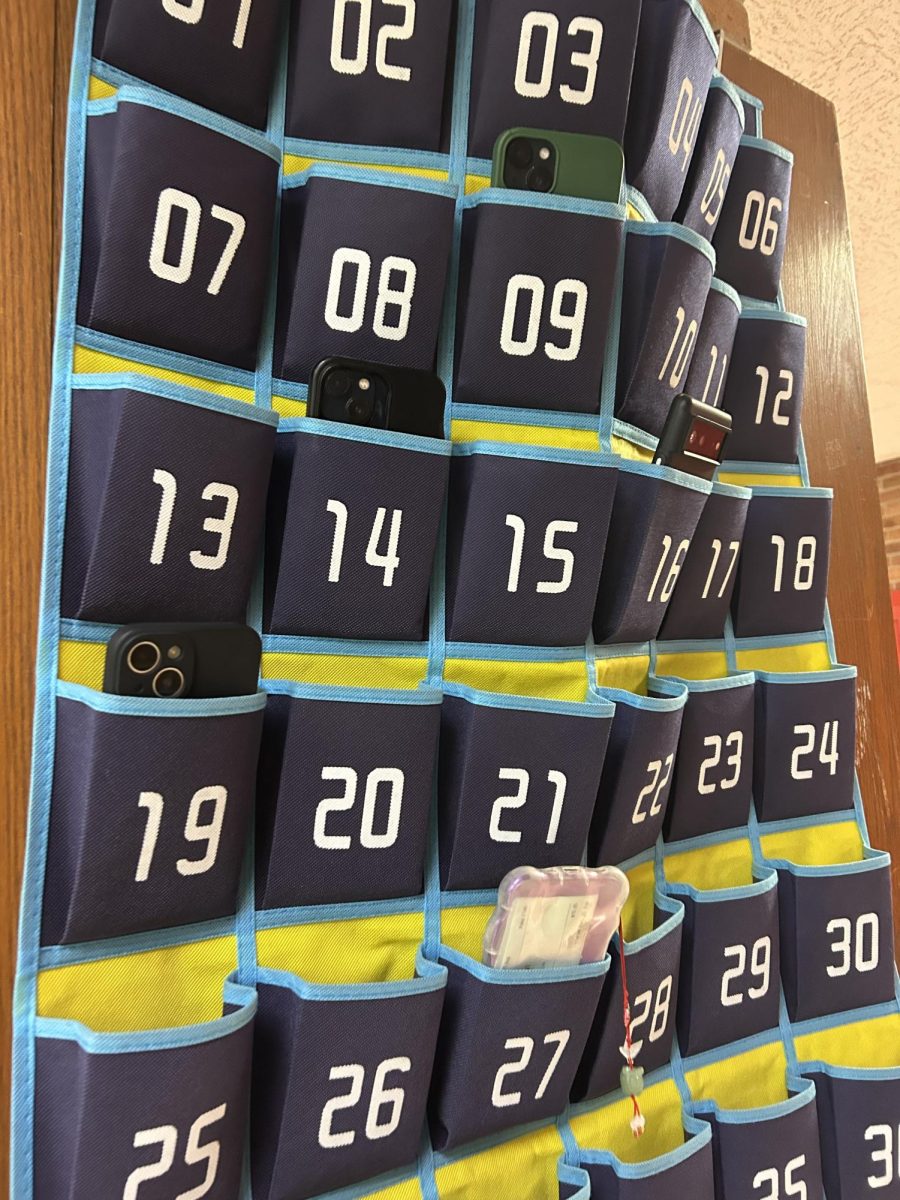Over the last 96 years that it has been administered, the Scholastic Assessment Test (more commonly referred to as the SAT) has been on paper. But since Fall 2023, the PSAT will be taken digitally and the SAT will follow suit in the spring. It will be taken using the application Bluebook, which can be accessed on computers or tablets.
Along with being digital, the actual test content will change. The paper SAT consisted of four sections: Reading, Writing, Math with no calculator, and Math with calculator. Instead of being split into four sections, the new SAT will consist of ‘modules.’ There are two sections: Reading and Writing and Math, and each section will be split into two modules. A calculator will be allowed for the entirety of the math sections. In the English section of the paper SAT, a set of 10-12 questions corresponded with a long passage, but on the digital version a short paragraph will pair with one question.
Perhaps the most significant change is that the test will now be adaptive, meaning that the test will change depending on the test taker’s performance. This means that the test is specific to the individual, and everybody receives different questions–as opposed to the paper SAT where everybody was given the same exam.
Additionally, the exam itself is shorter, taking two hours and 14 minutes to complete which is an hour shorter than the paper test. The scores will be released only a couple of days after the exam date, which is much shorter than the weeks it took to receive scores with the paper SAT.
“I thought the digital one was a lot easier. I don’t think it’s supposed to be, but it was,” junior Zara Lin said.
The SAT has virtually been the same for the past century, so why change it now? There are a couple of reasons, one of them being that the paper SAT is no longer as relevant as it used to be. Many people have criticized the material and format of the SAT for being outdated, and going digital is a way to combat these criticisms. Especially after the pandemic, more and more students are doing their learning and testing online, and the SAT is adapting to these changes.
“It’s a lot faster and more convenient,” junior Maya Martinson said.
With TikTok and other short-form media being so prevalent in teenagers’ lives, the attention span and test-taking stamina of students has significantly decreased. The hope is that with the test being a whole hour shorter and the questions being based off of short paragraphs, students will feel better suited for the exam. Going digital also allows more flexibility for where and when the SAT is given.
After juniors took the digital PSAT, there were some mixed feelings about the change. Lin found herself preferring the digital to the paper despite her initial skepticism. She found the material to be more relevant and in line with the curriculum at Huron
“The digital stuff is definitely [what] we would look at in class whereas the paper ones are like, ‘if you don’t study for this specifically, you will not know how to do it,’” Lin said.
Likewise, she felt less pressure taking the digital.
“I get a lot of anxiety when I take tests, but this one wasn’t really anxiety-inducing,” Lin said.
However, not everybody felt the same way as Lin. Martinson felt the ease of the exam to be off-putting at first.
“I felt like this was just so much easier,” Martinson said. “Which was strange. It initially gave me a little bit of a freakout.”
She found the format of the digital exam to be more convenient, with the short paragraphs in the reading, but preferred the way the paper exam was split up. Even with the changes she likes, Martinson still finds herself leaning more towards the paper version.
“Having [the PSAT] be digital feels a bit weird,” Martinson said. “I think I’d still prefer paper but maybe it’s just because I haven’t gotten used to it yet.”
Serena Chang shared similar thoughts. Like Lin and Martison, Chang was hesitant going into the exam.
“Initially, I was pretty confused by the concept of it,” Chang said. “It was supposed to be standardized, but now they’re making it adaptive and I don’t really understand how those two things go together.”
She found the test to be straightforward enough and enjoyed aspects of the exam which she felt were more practical.
“The format was much more convenient since we had Desmos,” Chang said.
However, Chang still prefers the paper exam to the digital, mostly due to the adaptive nature of the digital exam. Much like the paper SAT, the digital exam has pros and cons. While this change may seem sudden or unnecessary, it was bound to happen sooner or later, and students will have to get used to this shift.
“They’re the same test, but the paper one is more, I guess traditional in a way?” Lin said. “Because it’s more challenging and the questions are different, whereas the digital reminded me more of class or the worksheets you would do in class.”










